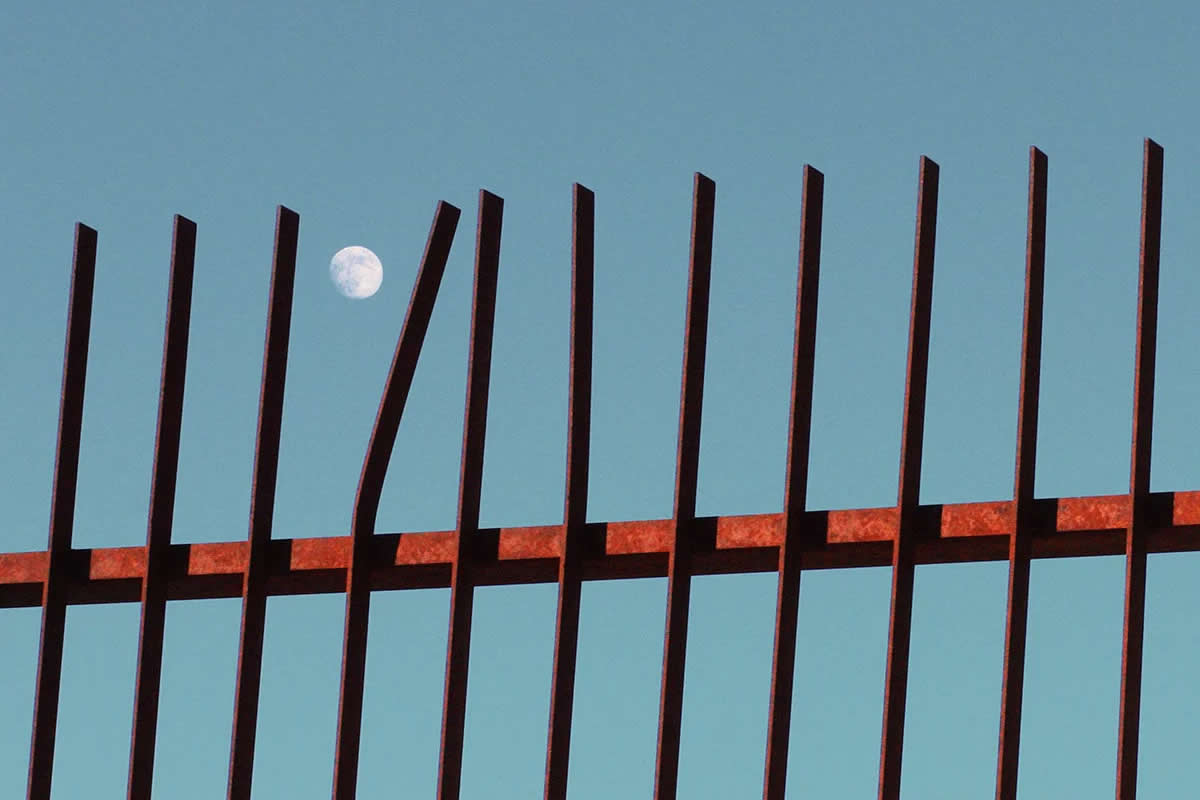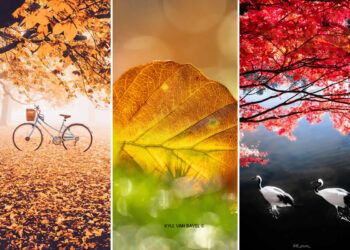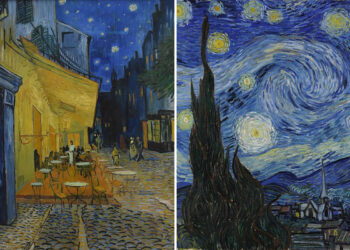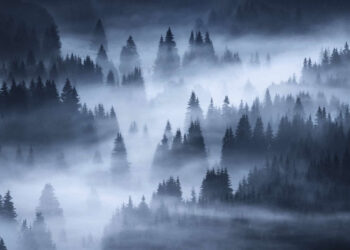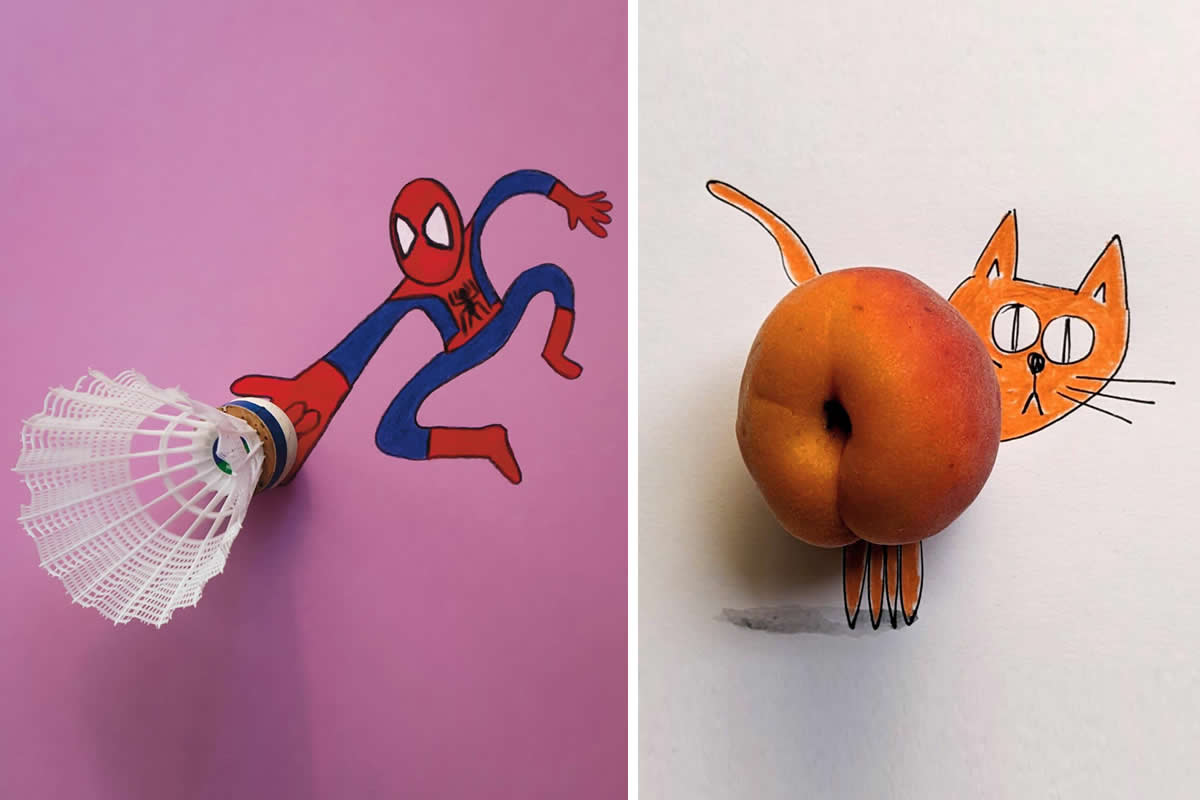Let’s be real: our lives are straight-up cluttered. We’re constantly drowning in notifications, jammed-up schedules, and visual noise everywhere we look. It’s exhausting, and deep down, all we’re really craving is a moment of pure, clean calm. That’s exactly why minimalist photography is having a major moment—it’s the visual detox we didn’t know we needed.
We’re not talking about boring or empty photos here. We’re talking about intentional composition, where every single element on the frame—a single line, a lone shadow, a perfect square of color—is there for a reason. When done right, it captures the pure essence of simplicity and delivers an emotional punch that a busy photo simply can’t touch. This style is an art form mastered by those who know that less is always, always more.
We’ve pulled together an absolutely stunning collection of 25 minimalist photos that exemplify this aesthetic. You’ll see everyday subjects—the streets, windows, and doors we pass every day—transformed into high art through the genius use of negative space. These photographers use light and shadows in the most minimal, striking way, making us focus entirely on the core shape, color, or feeling.
Forget all the digital noise for a second. This gallery is a visual palette cleanser. It’s about appreciating the power of a single subject, the beauty of clean lines, and the quiet impact of space. It’s a powerful reminder that complexity doesn’t equal quality, and sometimes, taking everything away is the best way to reveal the profound truth. Get ready to soak this in, because this collection is a masterclass in finding peace and power in the ultimate simplicity. Trust us, your brain will thank you for this.
#1

Photo by: Olle L
#2
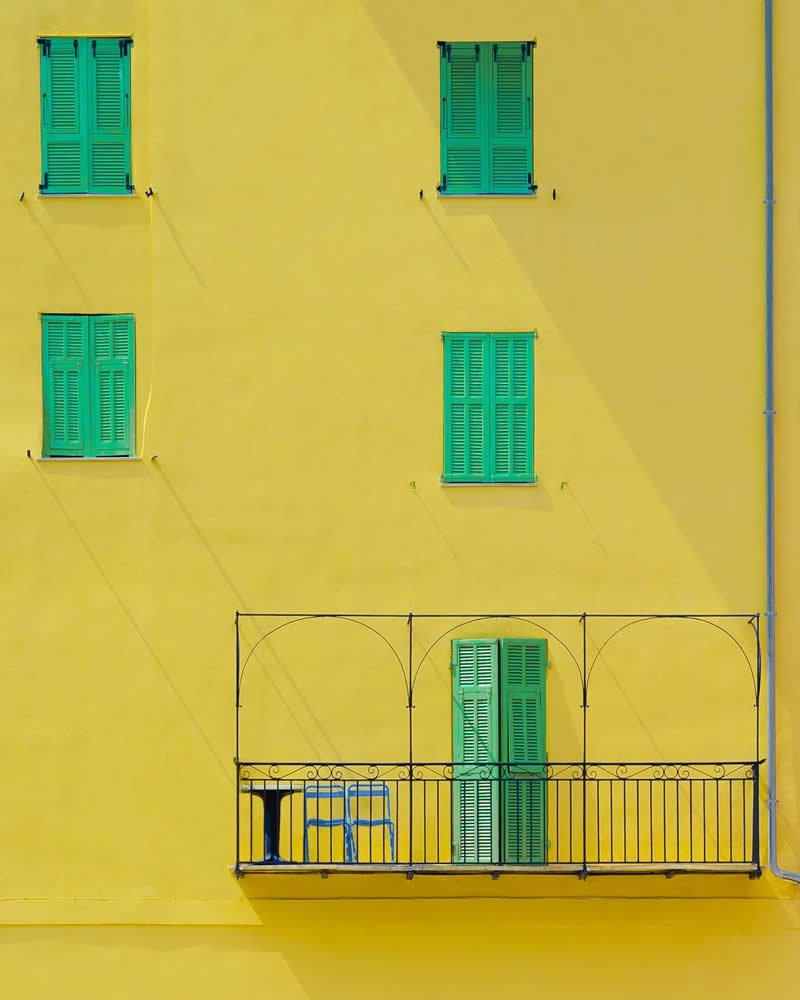
Photo by: Olle L
#3
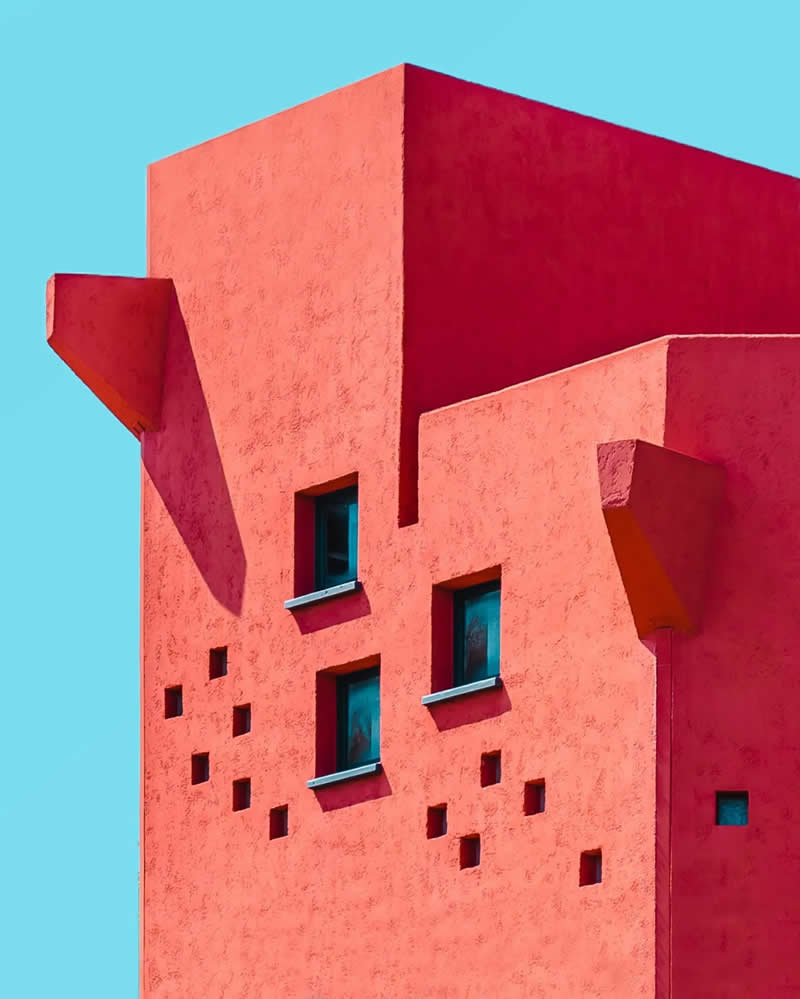
Photo by: Olle L
#4
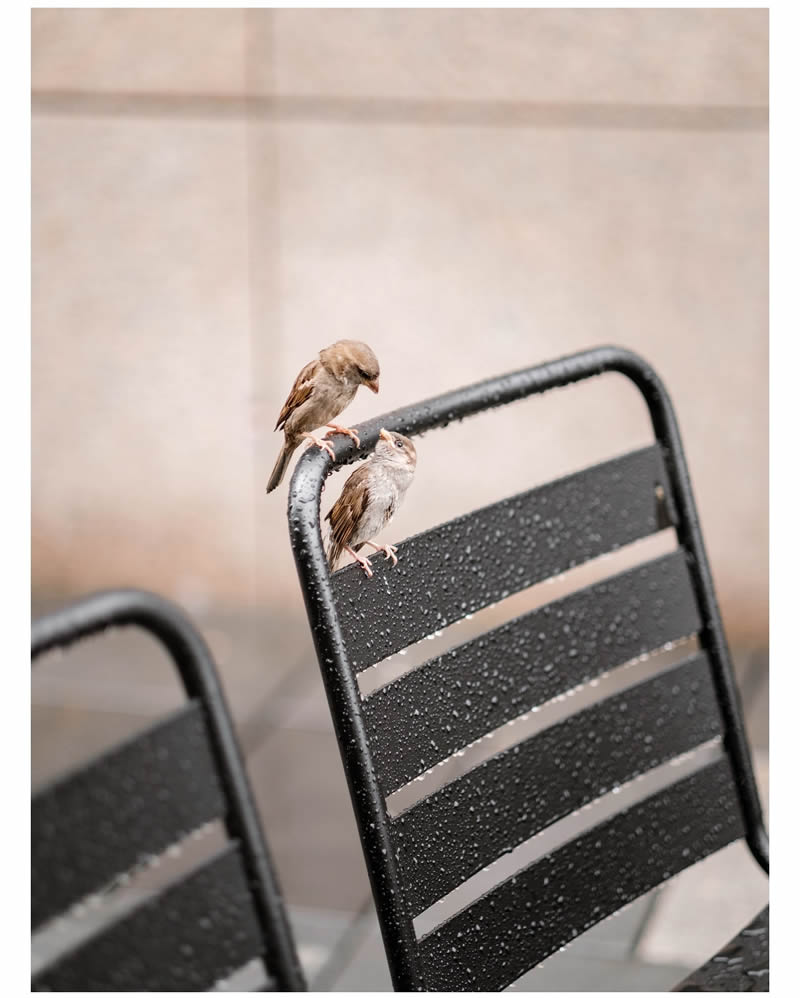
Photo by: Andre
Street Purity: Finding Stillness in the Chaos
Street photography usually feels like a sensory overload—bustling crowds, endless signs, and cars everywhere. But true minimalist masters know how to carve stillness out of chaos. They use the long, empty stretches of a sidewalk, the vastness of a concrete wall, or the simple silhouette of a solitary figure against an expansive backdrop to tell a huge story with tiny details.
These photos are often captured on early mornings or quiet afternoons, focusing on a single, isolated subject—maybe a person walking away, a parked bike, or a lone shadow. It’s the ultimate composition trick: making the empty space just as important as the object itself. It’s like hitting the mute button on a noisy world.
#5
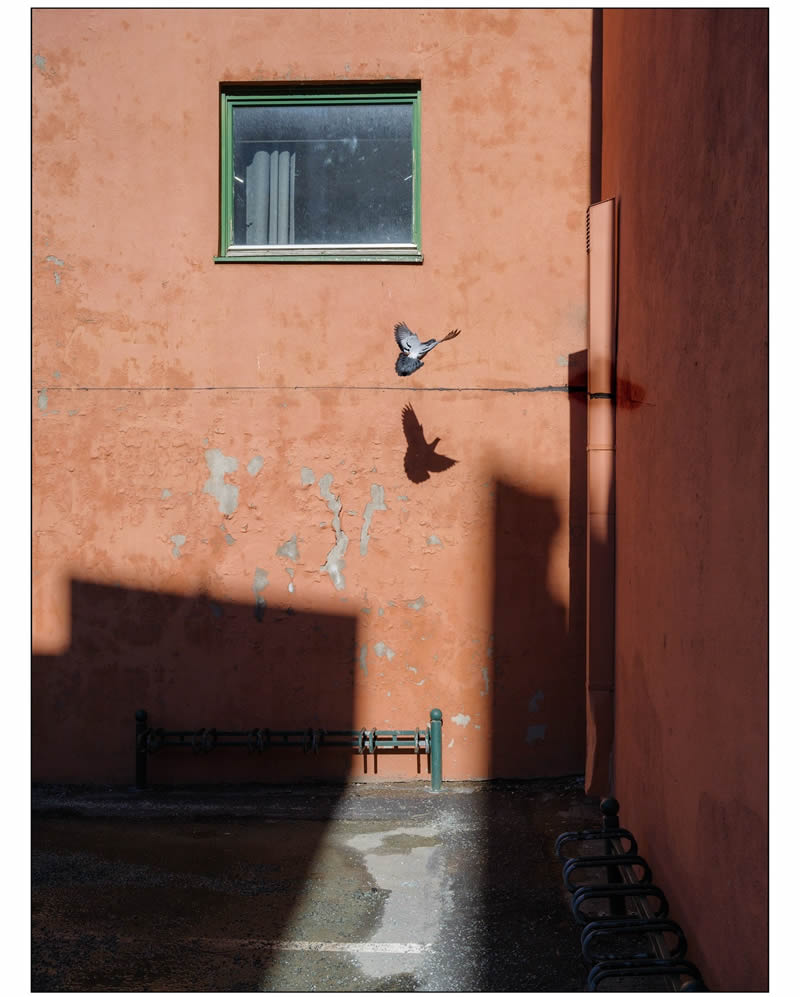
Photo by: Andre
#6
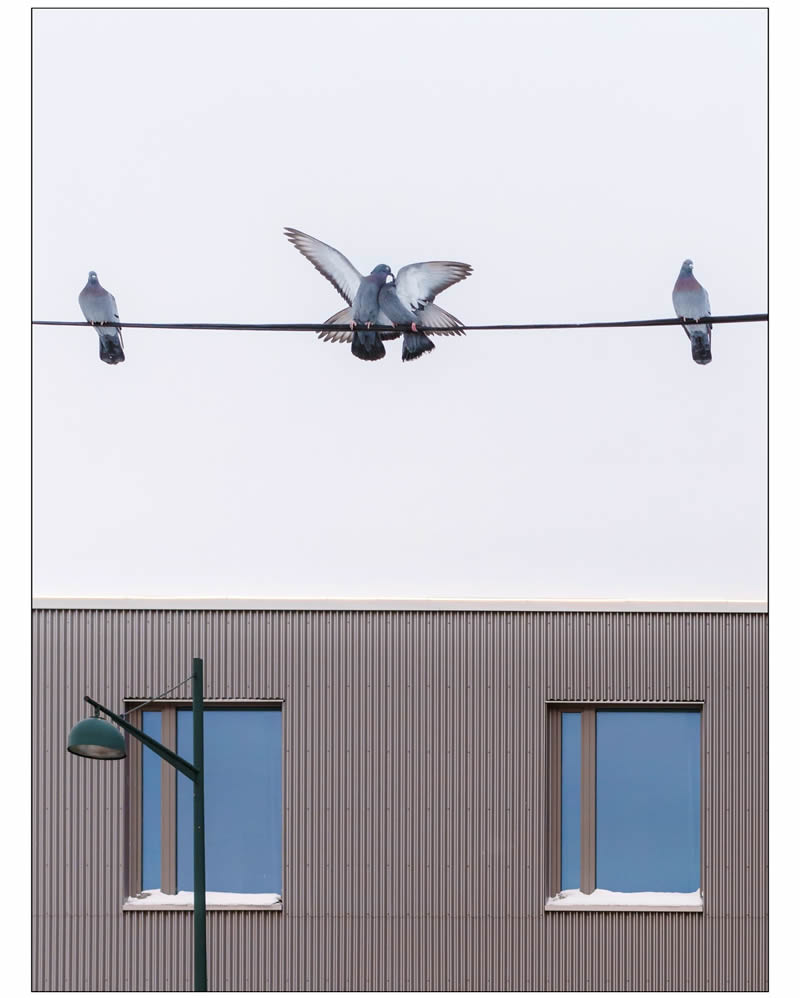
Photo by: Andre
#7
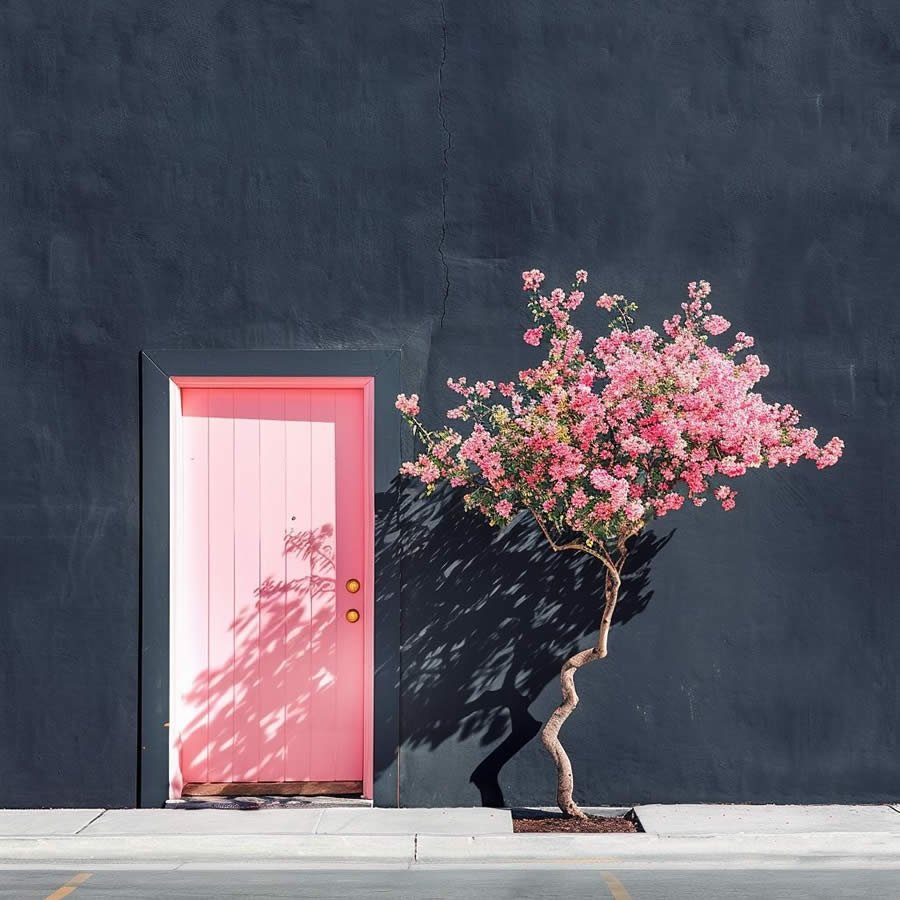
Photo by: Thomas V
#8
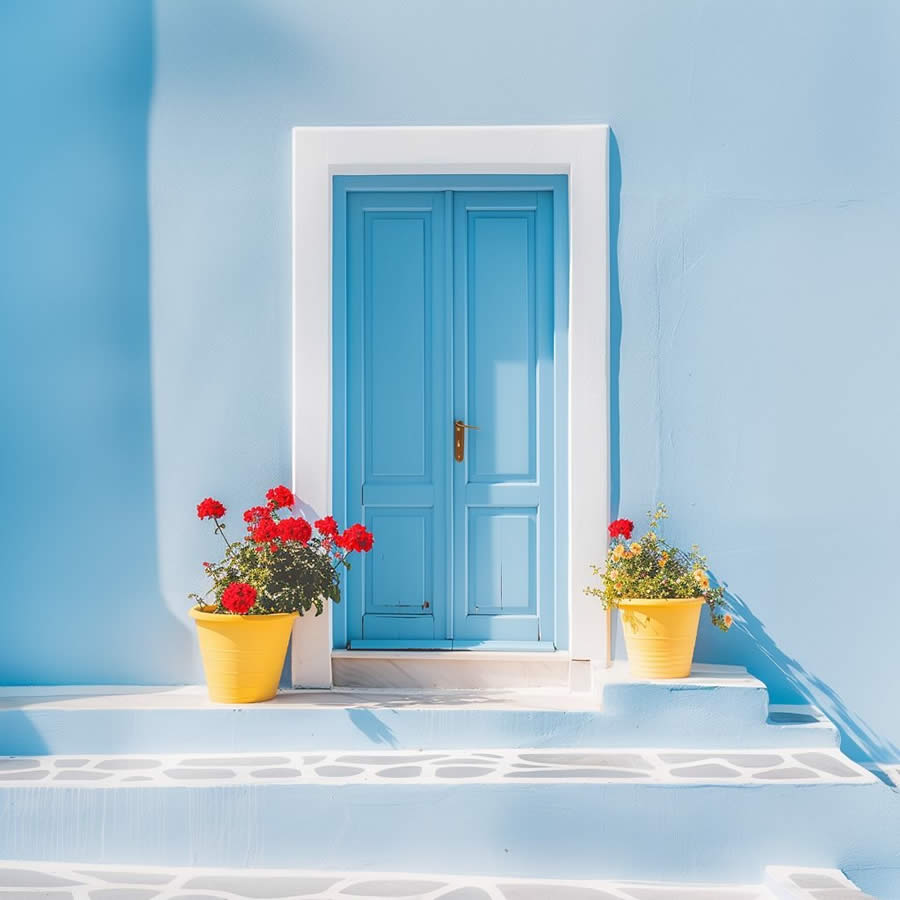
Photo by: Thomas V
The Geometry of Light and Shadow
In minimalist photography, light isn’t just for illumination; it’s a co-star with shadow. This is where the magic happens. Photographers exploit intense sunlight to create severe, hard shadows that become powerful geometric shapes on their own. Think of a perfect triangle of shadow cutting across a stark white wall, or a single shaft of light illuminating a tiny corner of a massive, empty room.
This technique uses high contrast in a minimal way, turning flat surfaces into three-dimensional puzzles. These images are mesmerizing because they reduce the scene to its most fundamental elements: line, form, and tone. It’s a powerful display of how light, when used sparingly and intentionally, can be the whole narrative.
#9
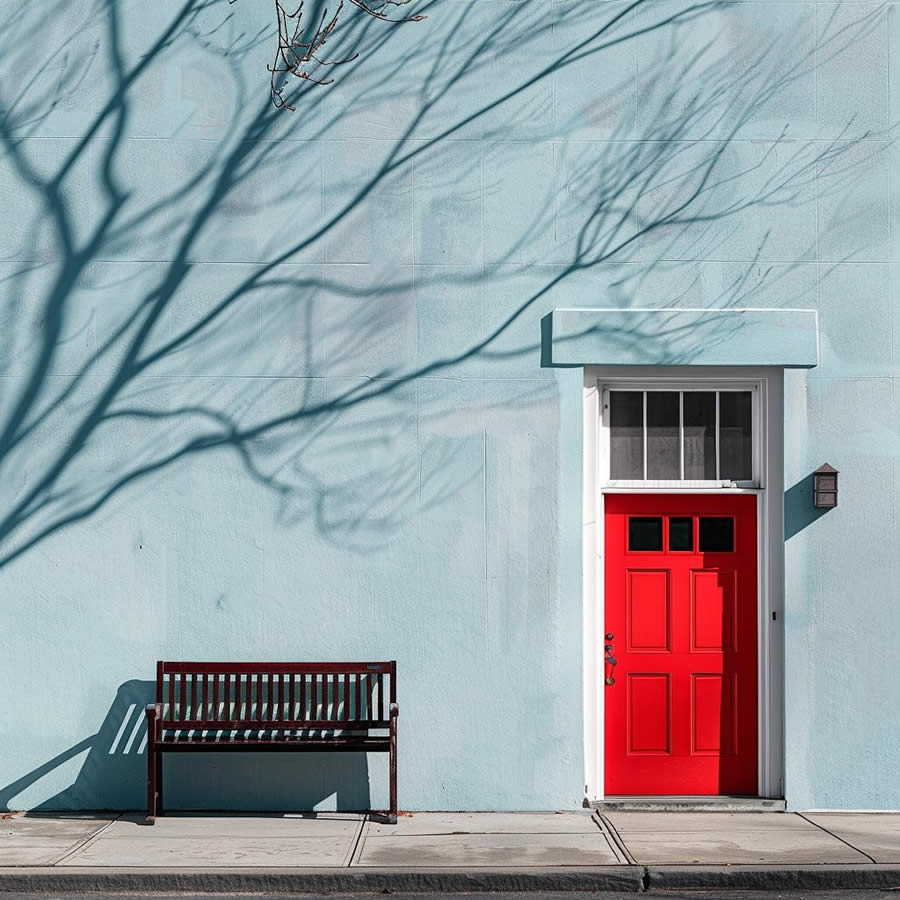
Photo by: Thomas V
#10
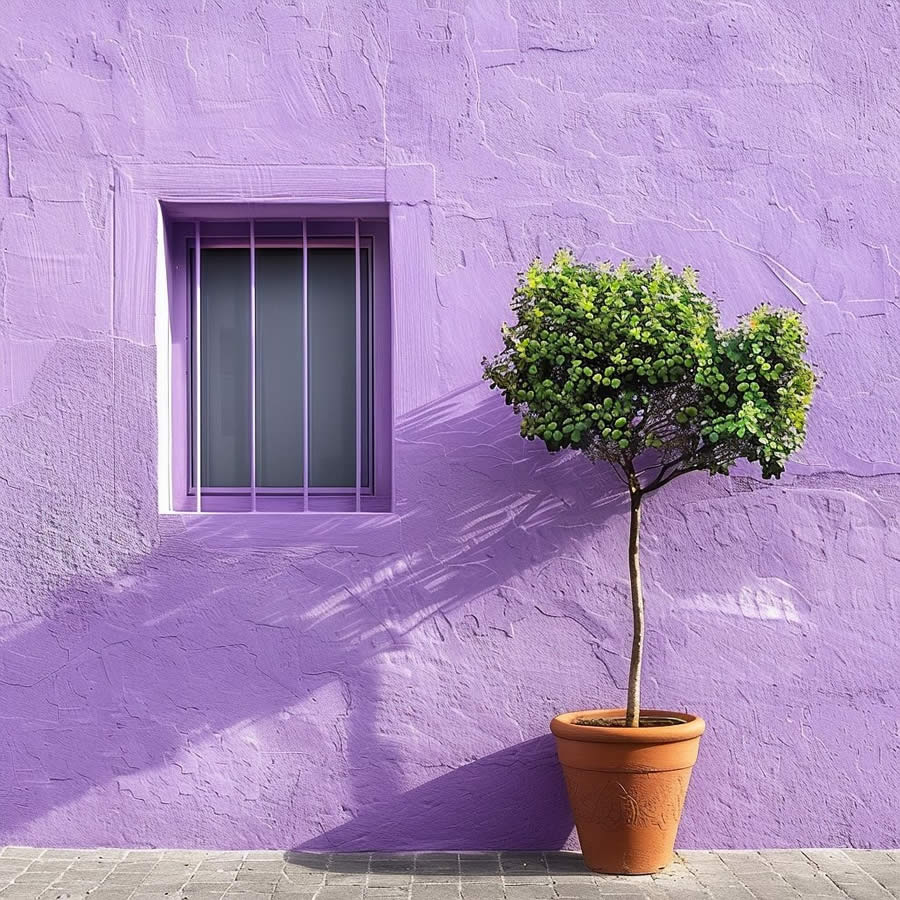
Photo by: Thomas V
#11
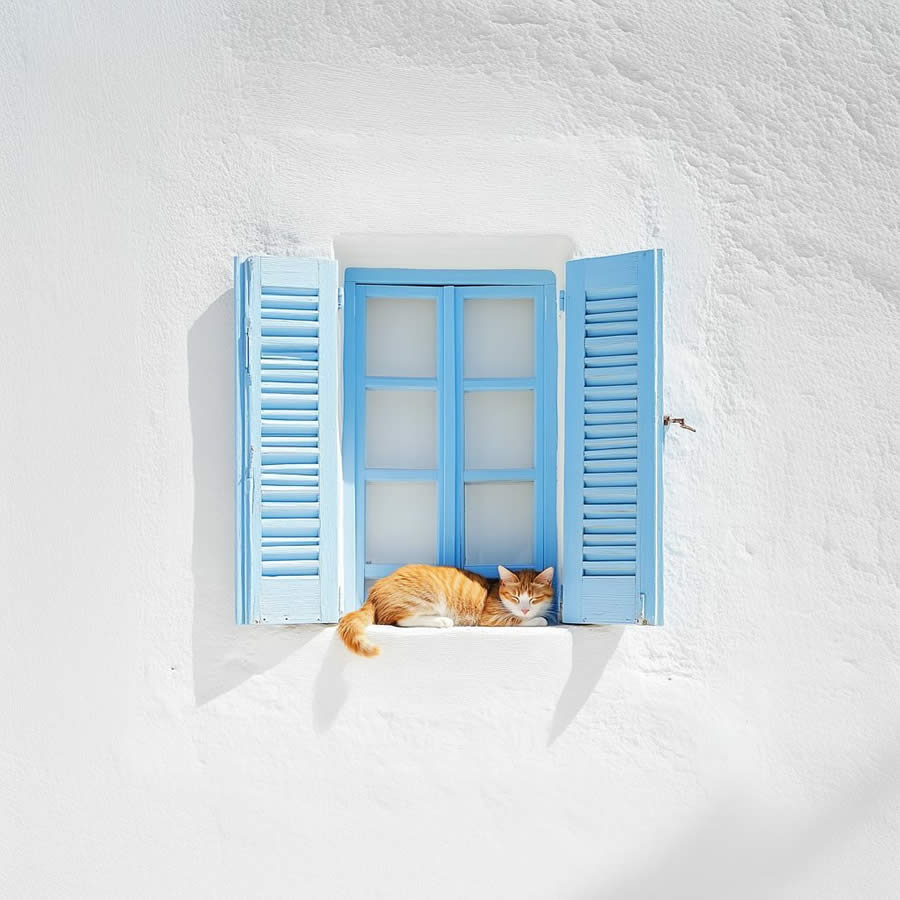
Photo by: Thomas V
#12
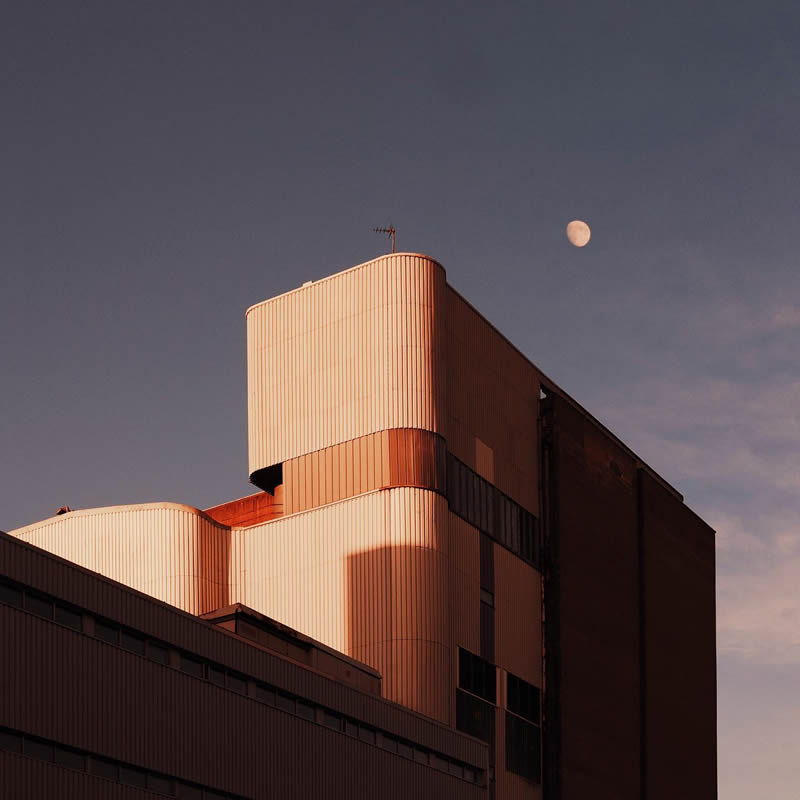
Photo by: Timo Lemmetti
Doors and Windows: Framing the Void
Architectural elements like windows and doors are a minimalist photographer’s dream because they naturally create perfect frames and abundant negative space. These photos often focus on a single, striking detail: a vibrant, peeling blue door centered on a clean brick wall, or a perfectly square window offering a tiny, contained view of the sky. The beauty is in the isolation.
The surrounding wall (the negative space) is just as critical as the framed object, drawing your eye straight to the point of interest. They act as portals to simplicity, inviting you to look through the noise and focus purely on color, texture, and form.
#13
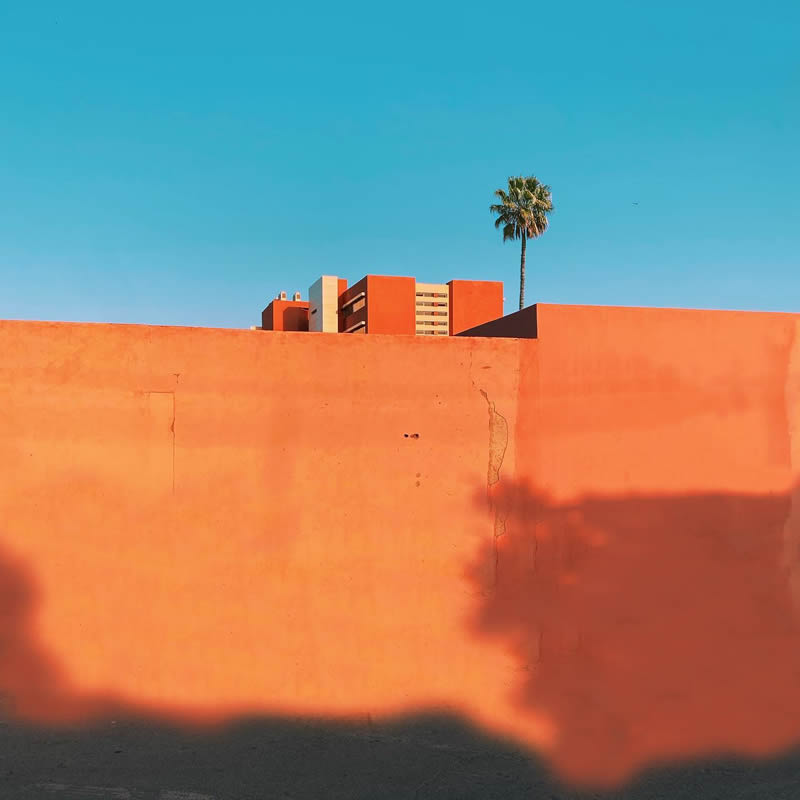
Photo by: Timo Lemmetti
#14
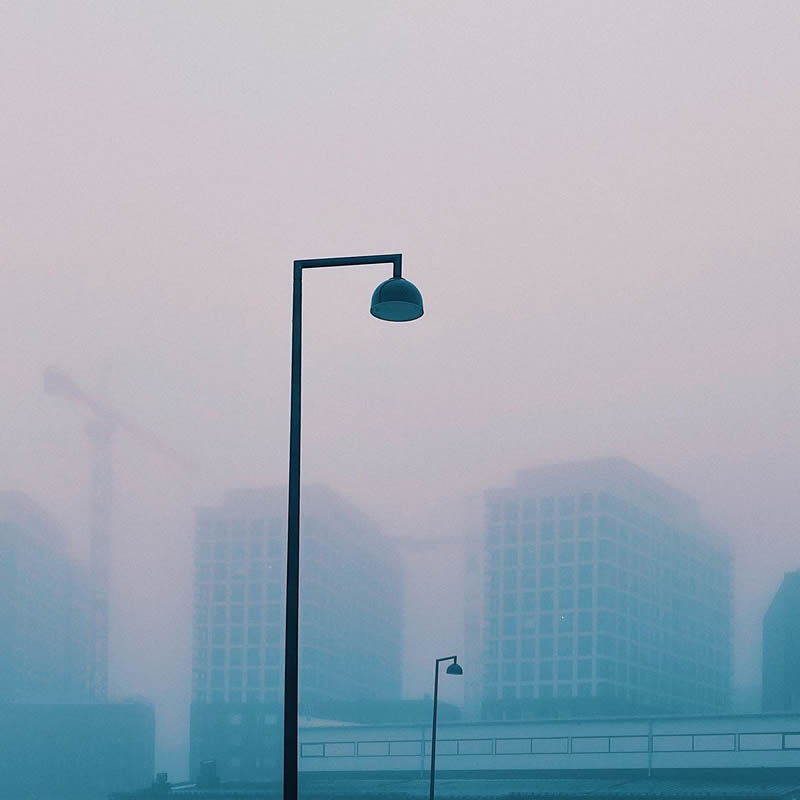
Photo by: Timo Lemmetti
#15
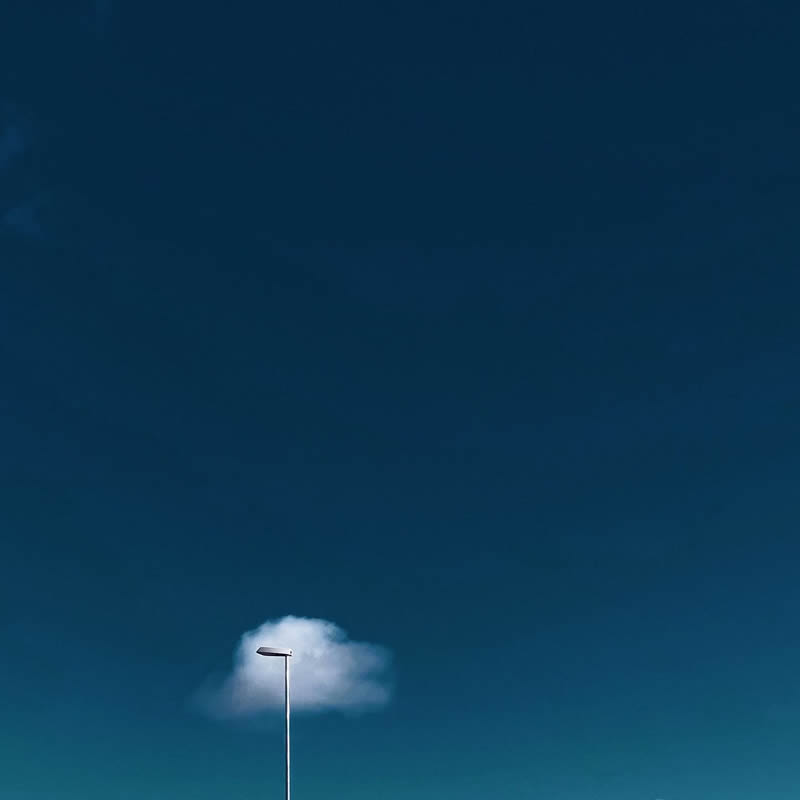
Photo by: Timo Lemmetti
#16
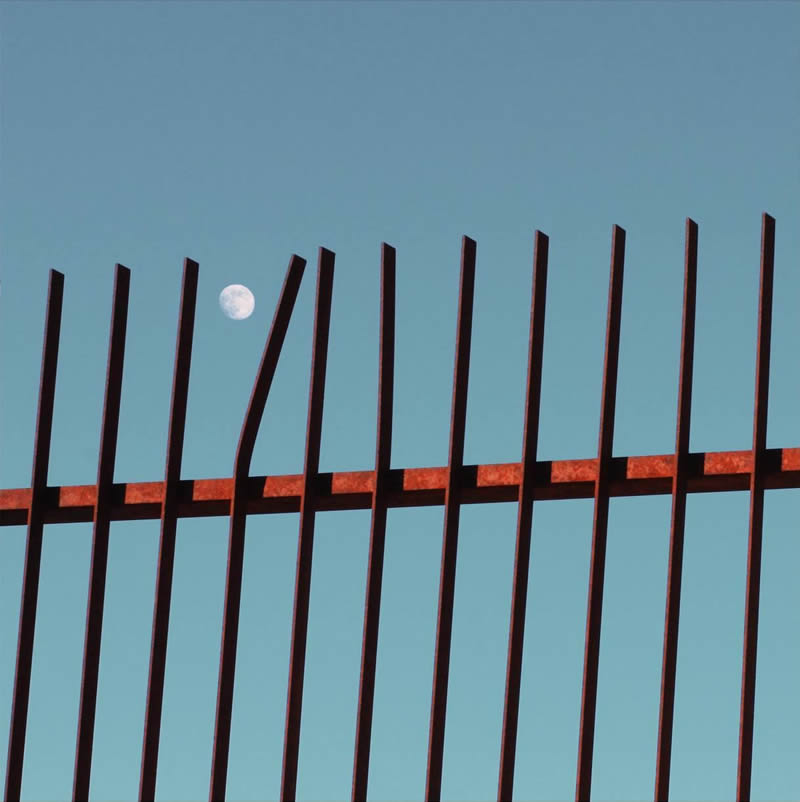
Photo by: Timo Lemmetti
The Art of Less: Minimalist Still Life
Still life gets a seriously modern glow-up in the minimalist context. This isn’t about busy fruit bowls; it’s about essentialism—reducing an object to its pure form and isolating it against a vast, clean background. Imagine a single ceramic cup sitting on a polished wooden table, the only detail being its reflection. Or a grouping of two simple objects, placed meticulously to create a dialogue between them.
The photos often feature subdued, clean colors and focus on texture. It forces you to appreciate the pure essence of the object itself—its shape, its weight, its color—without any visual distractions. It’s proof that powerful compositions don’t need dozens of components.
#17
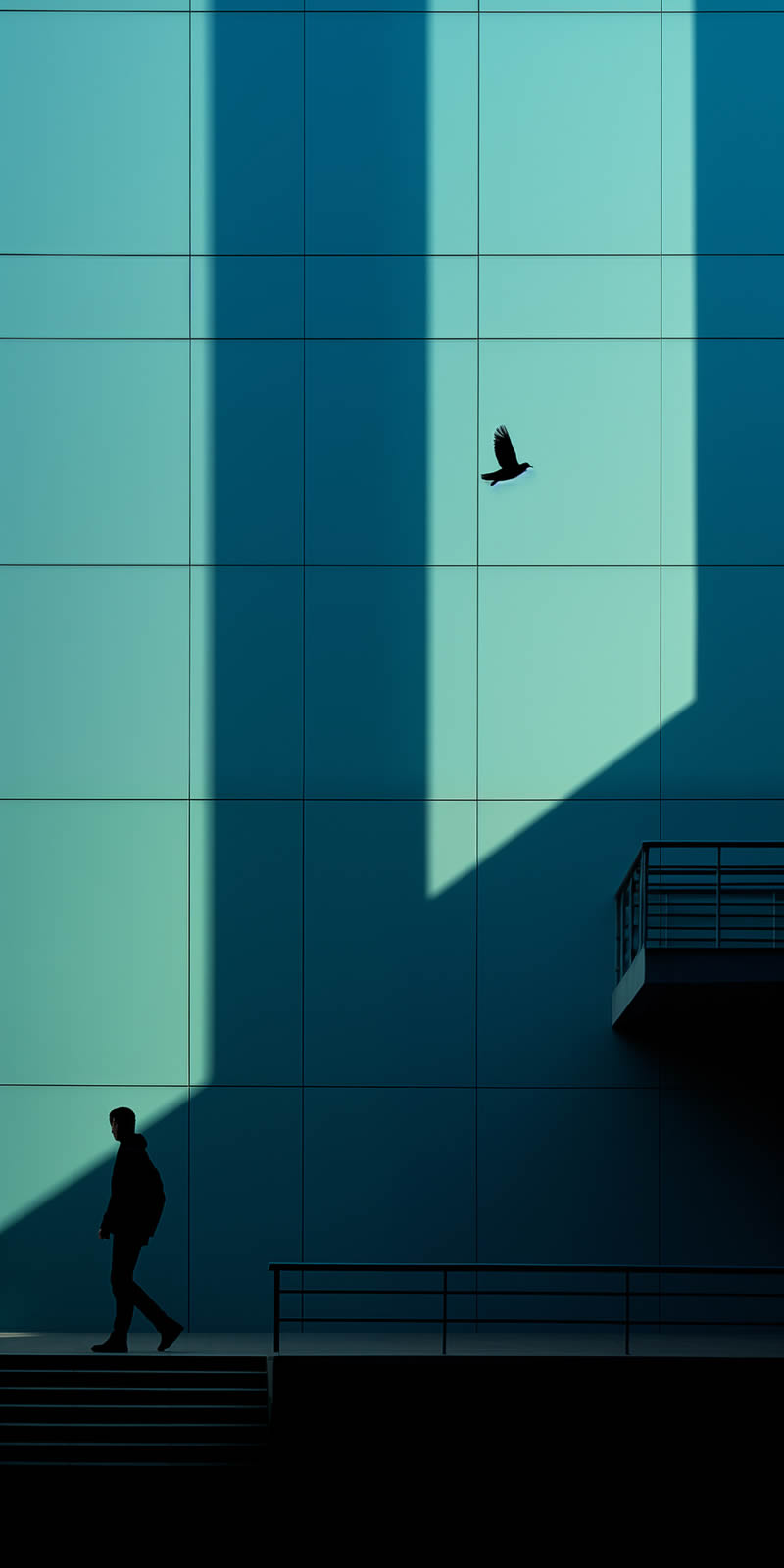
Photo by: Tom Nulens
#18
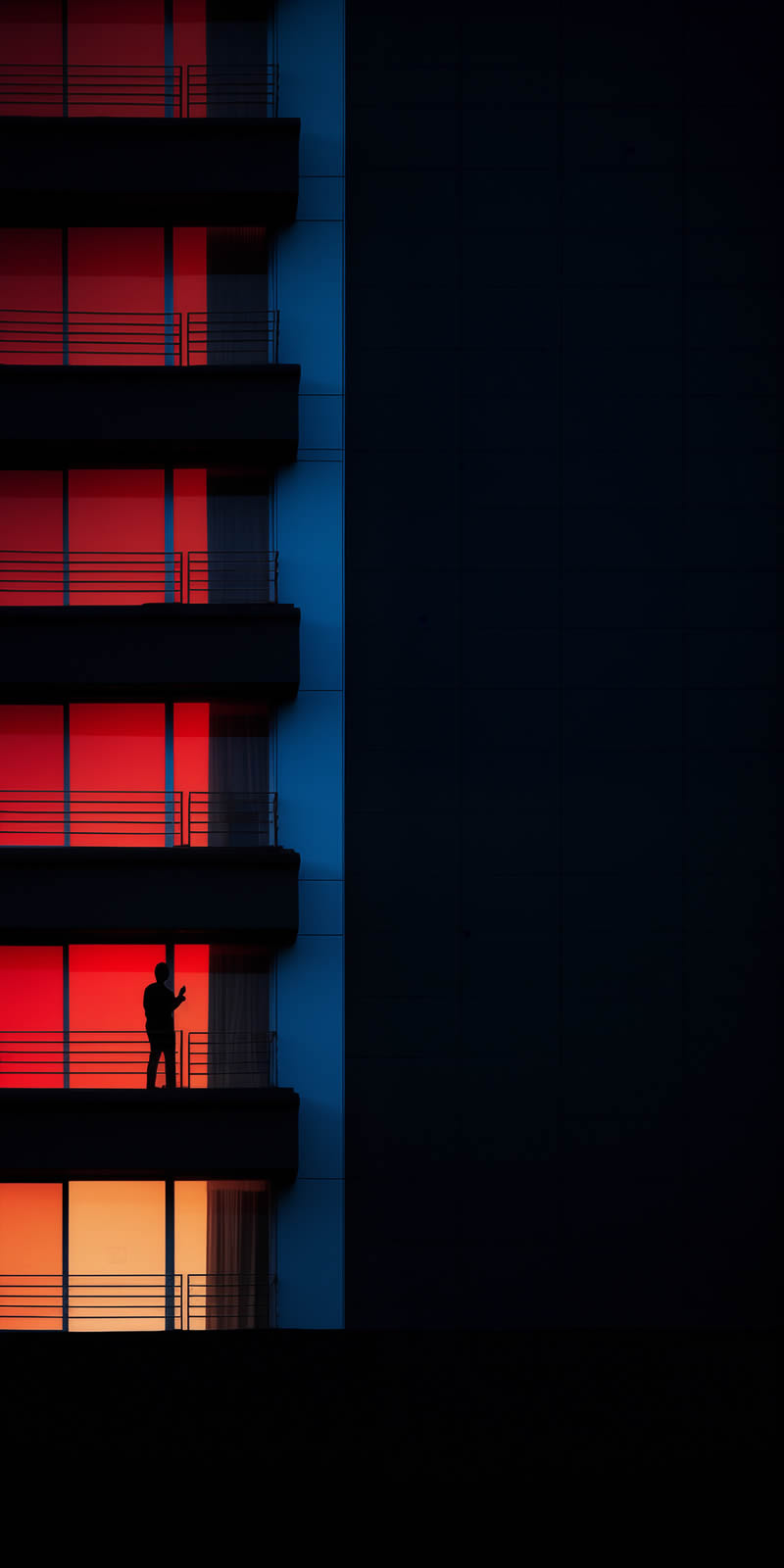
Photo by: Tom Nulens
#19
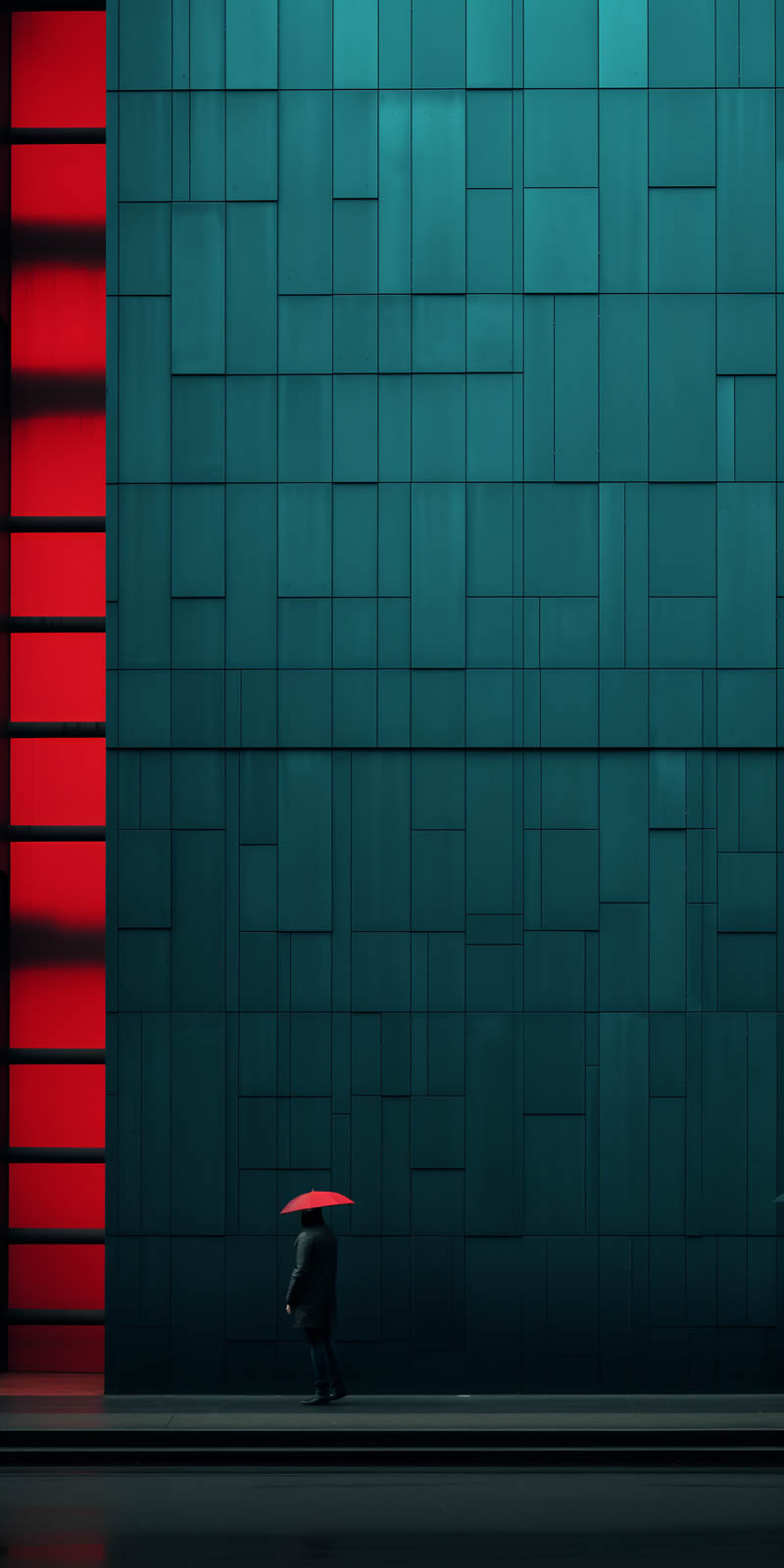
Photo by: Tom Nulens
#20
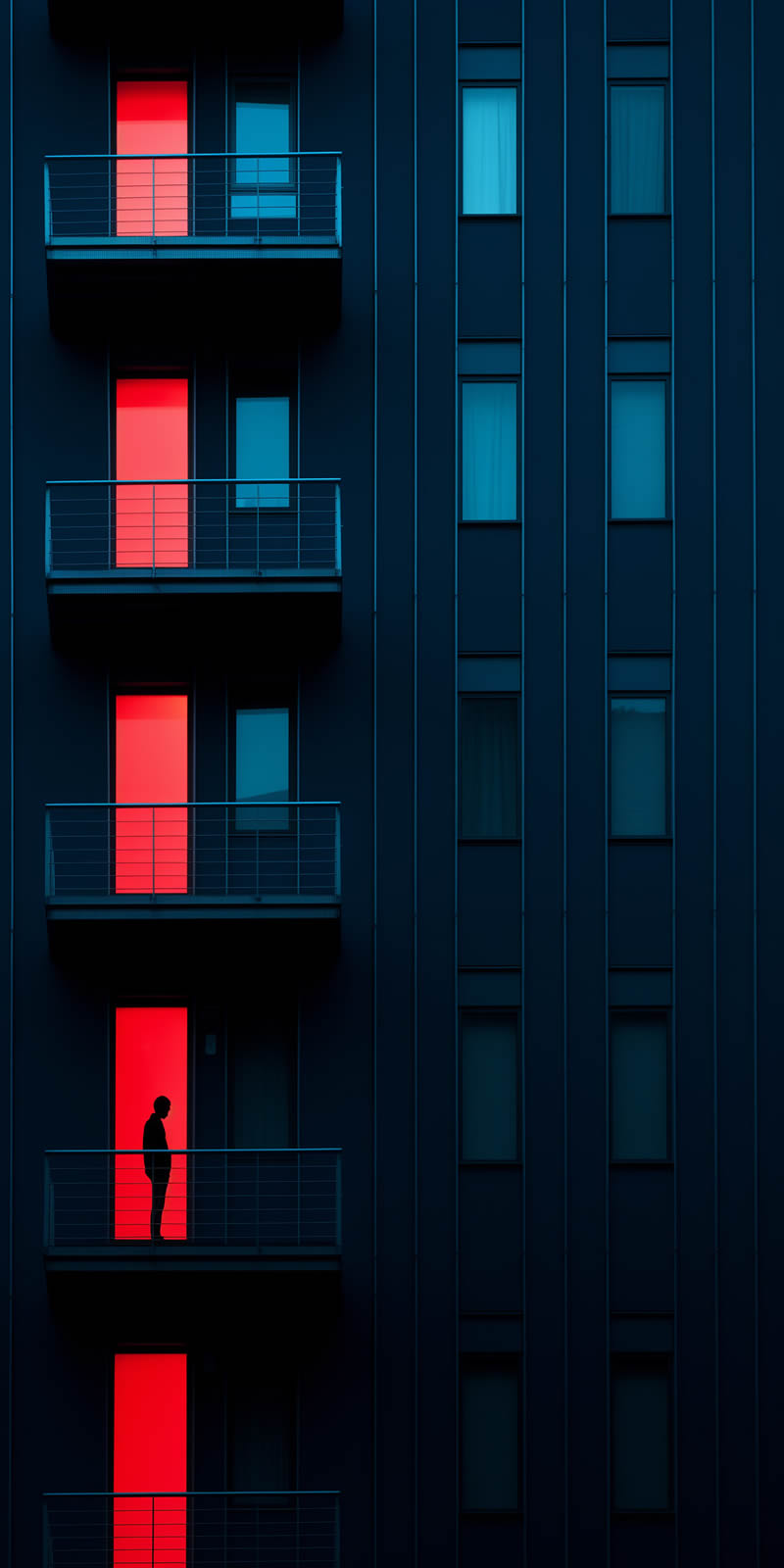
Photo by: Tom Nulens
Color Field Meets Focus: Pop of Hue
Sometimes, a photo needs just a tiny splash of color to maximize the minimalist effect. These images often use massive amounts of negative space (think a huge expanse of grey sky or white wall) and then introduce one single, vibrant pop of color. A bright yellow balloon against a grey concrete background, or a brilliant red coat on a person walking across an empty blue field.
The color becomes the ultimate focal point precisely because everything else is so spare. It elevates the image from a simple composition to a striking statement, proving that an entire story can be told using just two elements: a dominant, quiet background and one perfectly placed, high-impact hue.
#21
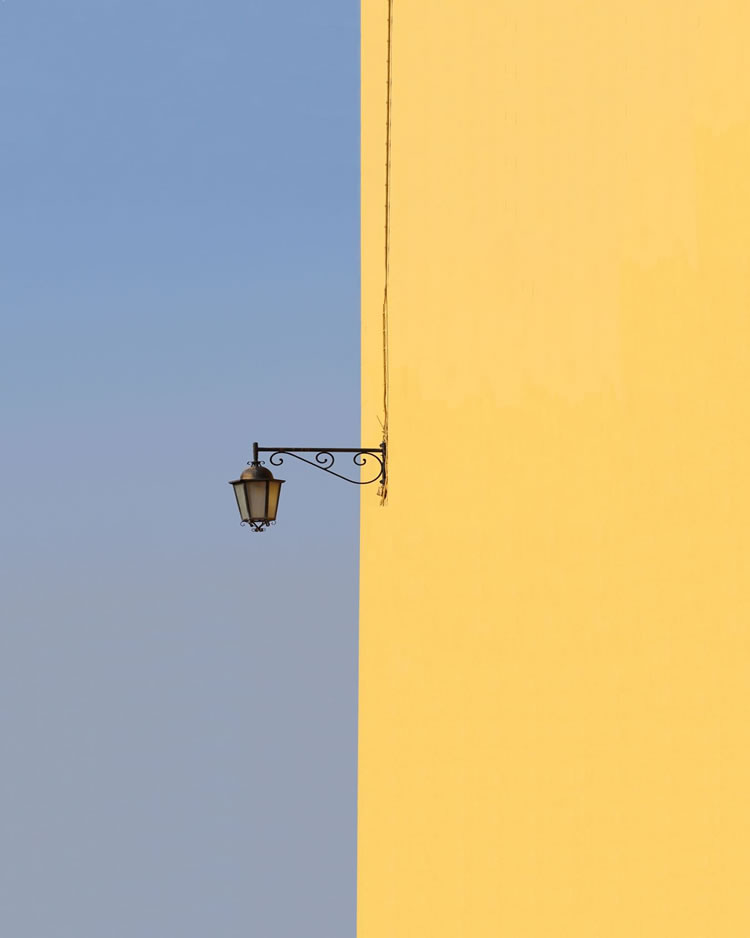
Photo by: Marcus Cederberg
#22
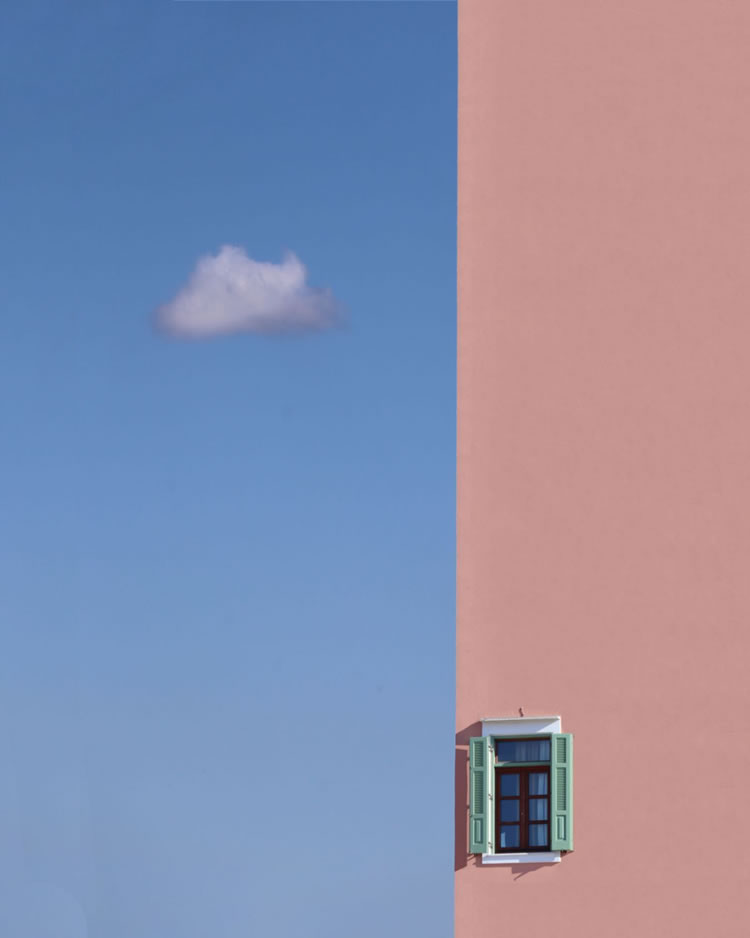
Photo by: Marcus Cederberg
Master Light and Shadows
Light is one of the most essential tools in minimalist photography. Soft light can bring out subtle textures in buildings or flowers, while harsh sunlight creates bold contrasts that emphasize form. Shadows, when used creatively, can act as subjects themselves, forming abstract patterns across walls, streets, or windows. Pay attention to how light changes throughout the day—early morning and late afternoon often offer soft, diffused light perfect for minimalism.
Indoors, a single beam of light through a window can transform an ordinary scene into a poetic composition. The key is to let light define the subject while maintaining simplicity in the frame. Shadows and highlights should not add clutter but rather complement the overall balance. In minimalism, light itself becomes part of the art.
#23
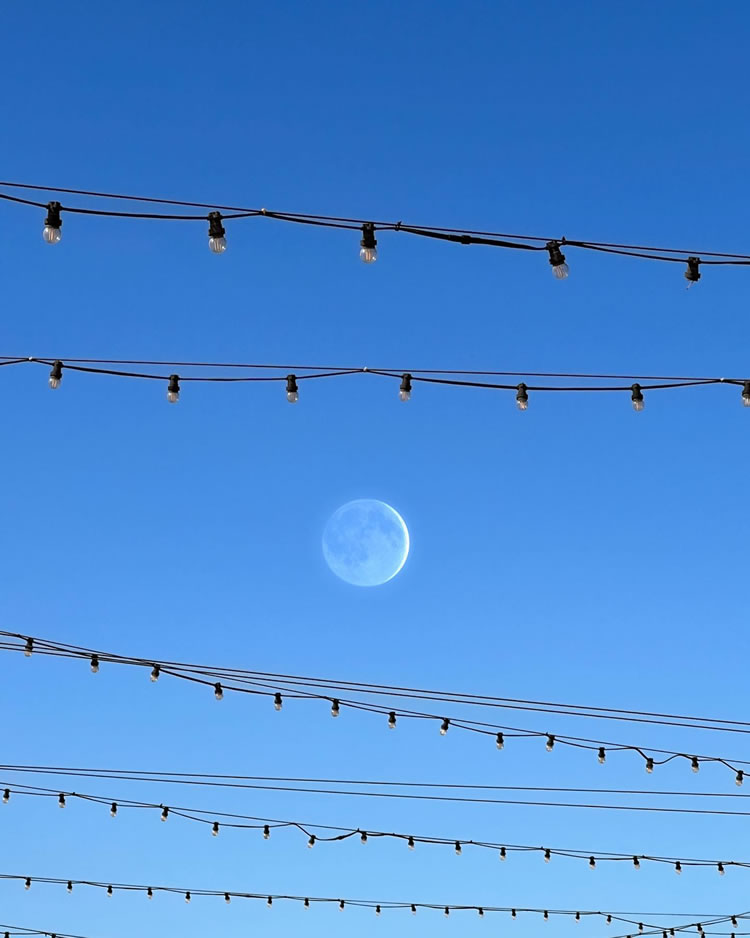
Photo by: Marcus Cederberg
#24
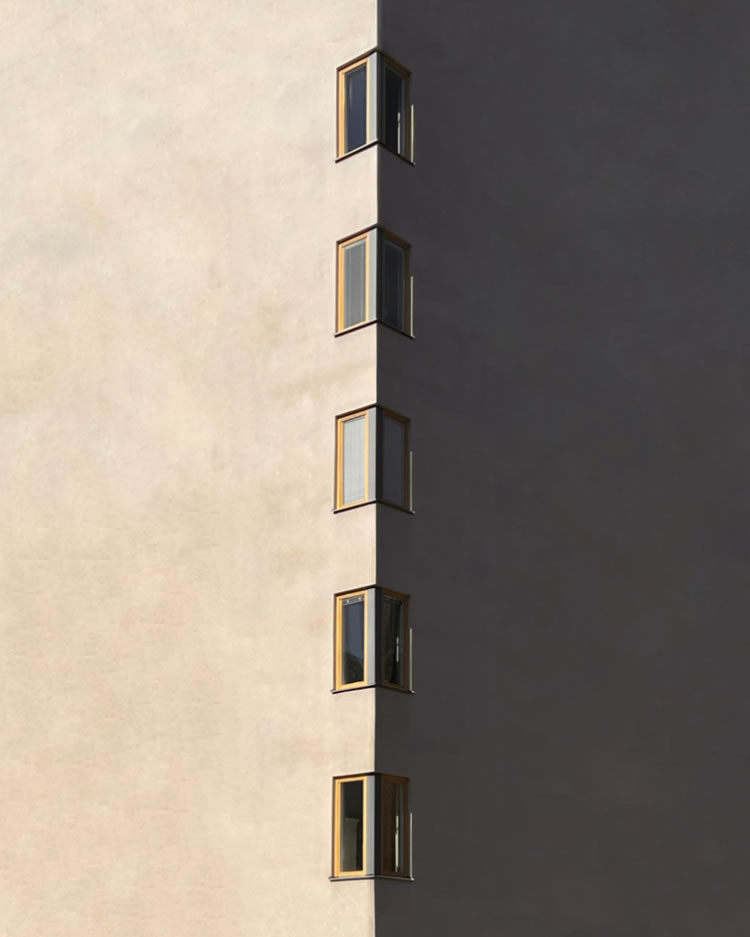
Photo by: Marcus Cederberg
#25

Photo by: Marcus Cederberg

